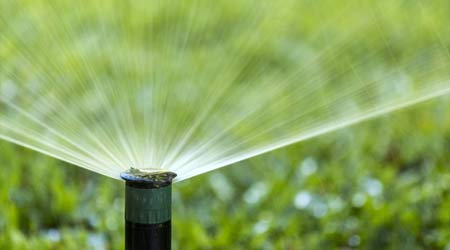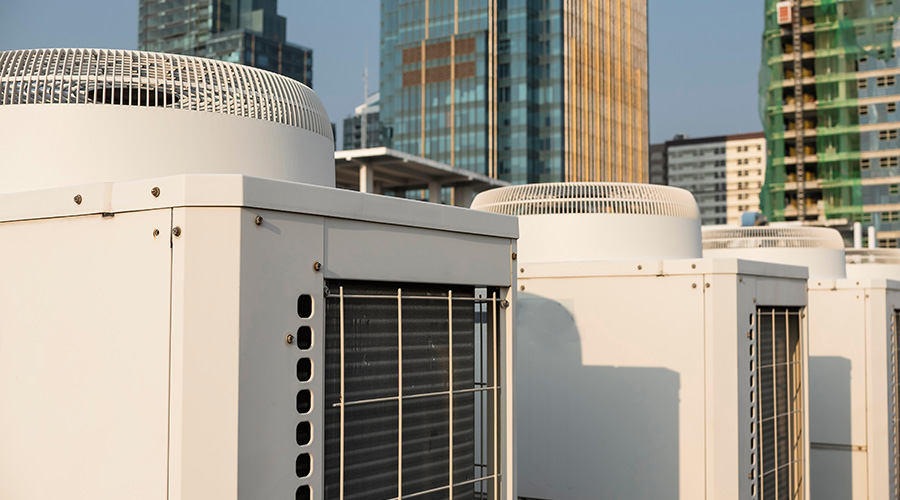Slowing the Flow on Irrigation Systems to Conserve Water
Part two of a three-part article on new-generation irrigation technology
Implementing flow sensors into a facility’s irrigation system is one of the most beneficial ways of optimizing its efficiency. Flow sensors help system operators determine the amount of water a system uses regularly, as well as the rate of pumping.
These sensors control the amount of water used, and they can help operators identify potential problems in the system. For example, the sensors will signal the controller to automatically shut down the flow if an overflow or leak occurs.
Flow sensors also assist in gathering essential data for managers seeking to make more informed decisions about their landscapes’ irrigation needs. For instance, operators using systems with flow sensors can determine the amount of water the facility expects to use, which can help managers plan for irrigation costs for the following year.
Most flow sensors require installation, so while the actual system is relatively inexpensive, installation can be costly and time-consuming. Installers need to hard-wire flow sensors back to the main controller, so one determining factor in the amount of ground that installers will have to dig up is the location of the main controller. If in-house staff does not have the necessary experience, managers can bring in a vendor to complete the project.
Purchasing and implementing flow sensors can greatly decrease water use and costs, so it is a viable option for managers focused on taking preventive measures to foster a healthier, most cost-effective landscape.
Related Topics:















